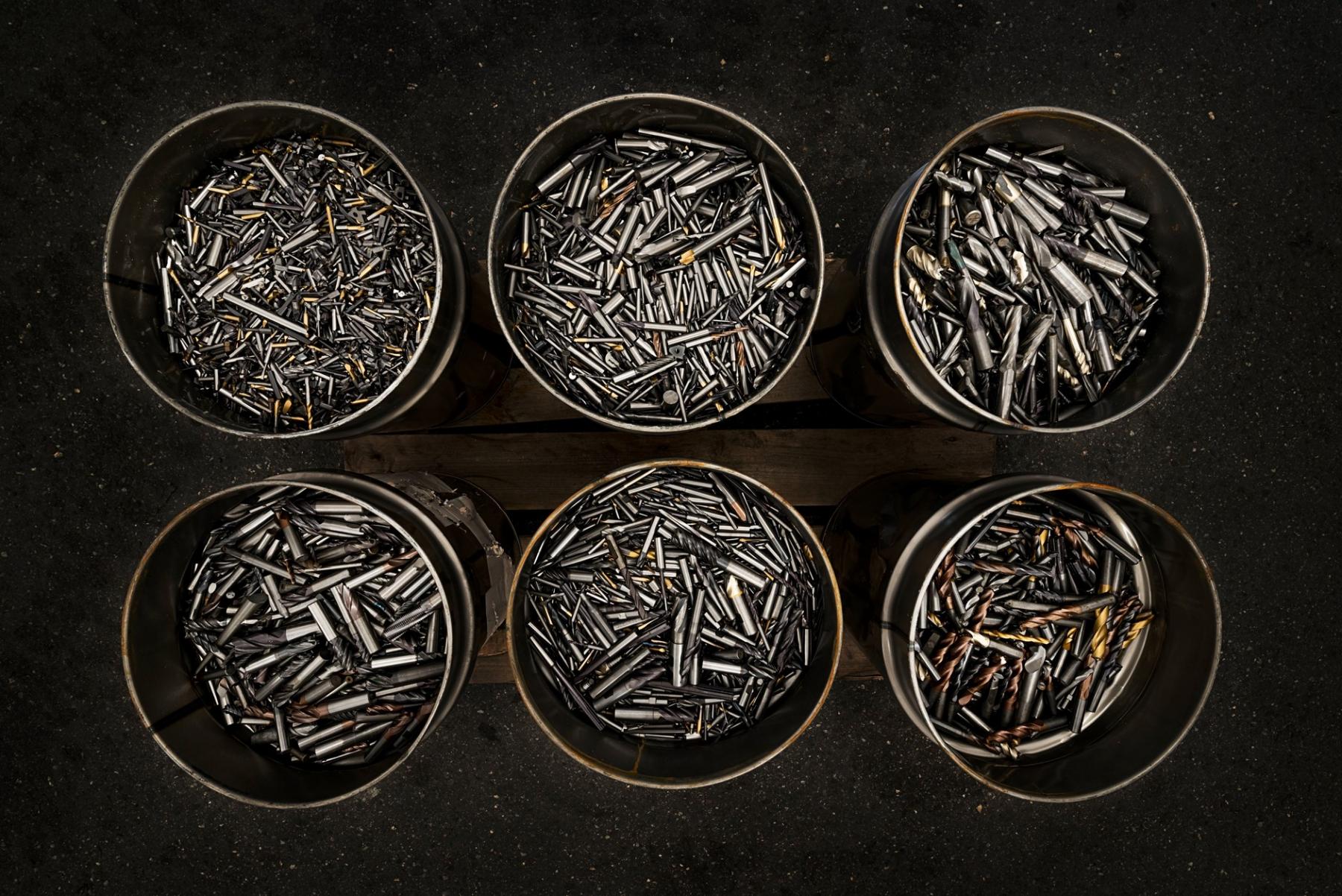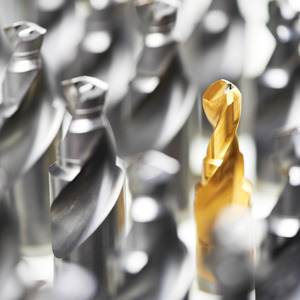Cemented Carbide: The Material that Changed the Face of Cutting Tools
 Sandvik Coromant’s Department Manager, Rickard Sundström, reflects on the 100-year anniversary of the invention of cemented carbide, a class of alloys that serves as the foundation of modern machine tools due to their high-temperature resistance and fast machining capabilities. He delves into the history of cemented carbide and its significance for the Swedish company that supplies cutting tools and services to the metal cutting industry, while also contemplating what the future may hold for the next century.
Sandvik Coromant’s Department Manager, Rickard Sundström, reflects on the 100-year anniversary of the invention of cemented carbide, a class of alloys that serves as the foundation of modern machine tools due to their high-temperature resistance and fast machining capabilities. He delves into the history of cemented carbide and its significance for the Swedish company that supplies cutting tools and services to the metal cutting industry, while also contemplating what the future may hold for the next century.
Many notable periods in history are characterized by the material of the time—the Stone Age, the Iron Age, and so on. Labelling these periods based on tool materials demonstrates how integral they were to society, as well as our human drive to constantly improve and find better methods. The applications and sophistication of tools has changed significantly over the centuries, but they’re still just as crucial to keeping our world running today.
First steps
The development of the first commercial steel alloy is often credited to Robert Forester Mushet, who discovered in 1868 that adding tungsten to steel increased its hardness even after air cooling. This finding formed the basis of alloy development, leading to the use of tool steels. In the early 1900s, forming and machining metals was still very much a skill; highly skilled craftsmen used tool steel as a cutting tool material.
But as demand for mass production began to increase, particularly with sectors such as the automotive sector starting to take off, it became clear that tool steel wouldn’t be able to keep up. Its limited heat resistance results in softening at higher temperatures, particularly at the cutter-workpiece interface, making high-speed cutting difficult.
As a result, high speed steel was developed, containing more cobalt than tool steel. The additional cobalt gave high speed steel an improved hot hardness, enabling access to much higher cutting speeds. Faster cutting led to a boost in productivity, dropping overall product cost and ultimately was one of the factors that helped to make vehicles more accessible and affordable to the public.
Introducing cemented carbide
The success of high-speed steel led the industry to develop further, resulting in the invention of cemented carbide. On March 30, 1923, Karl Schröter, the then head of R&D at Osram, filed the first patent ‘Gesinterte harte Metallegierung und Verfahren zu ihrer Herstellung’ (DE420689). The material was originally intended for drawing dies in the light bulb industry, but later cemented carbide was developed and tested for cutting tools. As such, it was introduced at an exhibition in Leipzig in 1927. Fine carbide particles are cemented into a composite with a metal binder to produce cemented carbide. The most common carbides include tungsten carbide (WC), titanium carbide (TiC) and tantalum carbide (TaC), with cobalt and nickel often used as the binding metals.
In the same way that the introduction of high-speed steel revolutionized the manufacturing market, the invention of cemented carbide allowed for even faster machining. Steel cutting speeds of up to 150 metres per minute became possible, almost four times faster than high-speed steel.
It’s here that Sandvik began developing cemented carbide tools. The Sandvik Coromant brand name was established in 1942, with its sole aim to offer modern cutting tools using cemented carbide as the base. Sandvik Coromant’s first cemented-carbide tools for metal cutting were manufactured the following year, and as industrialization took off in the fifties and sixties, demand only continued to grow.
In 1969, Sandvik Coromant became the first in the world to offer ceramic-coated cemented carbide inserts. The ceramic ‘Gamma Coating’ greatly improved both the wear and heat resistance of the tools, increasing metal-cutting performance by as much as 50 percent. The company continued to develop its cemented carbide offering, developing new grades and drills for a variety of industries, with its GC 4225 cemented-carbide grade becoming the world’s best-selling grade in 2005.
Finite materials
But what about the future of cemented carbides? Central to the production of cemented carbides are metals like tungsten and cobalt, but these resources are in limited supply. Cobalt, for example, is a common component in lithium-ion batteries, valuable in extending battery life. But soaring demand combined with mining challenges means we could see shortages as soon as 2028.
To protect these finite resources, it’s imperative that manufacturers and suppliers play their part in working sustainably. This could be through repairing and refurbishing old tools to give them a second, or even a third life. Tools that are completely unusable can be sold through buy-back programmes, with the scrap being recycled into new material. Here at Sandvik Coromant, we offer both services, with our latest line of steel turning grades containing at least 40 percent recycled material. Considering issues like supply and sustainability right from the tool’s design also help to ensure that no more material is being used than necessary.
Looking ahead
The availability of raw materials will be a factor in the future of cemented carbides. At Sandvik Coromant, continuing to improve and make the most of sustainability schemes will be a focus. In particular, the sorting aspect of our recycling process is likely to be a key area of development, as this is still a challenge in terms of the energy resources it demands.
Despite big leaps in innovation, older cutting tool materials like high speed steel still play an important part in the overall market. It’s clear that even in its 100th year, cemented carbide is still a vital cutting tool material for many industries. But there’s always room for improvement and as applications change and new ones arise, we’ll always be challenged to come up with new and better solutions.
www.sandvik.coromant.com











